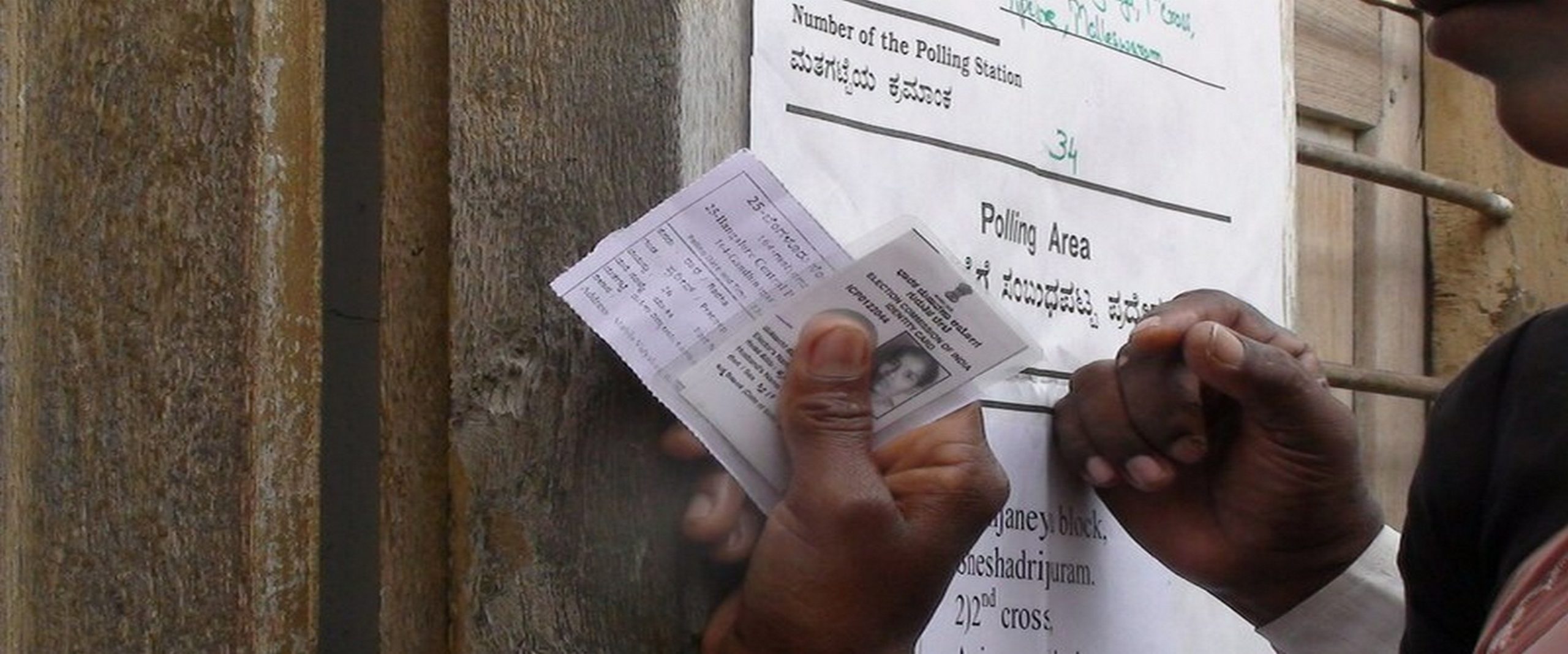Analysis
Karnataka Election Case Explained
An in-depth analysis of the challenge to the Karnataka Legislative Assembly Election results.

On May 15th results of the Karnataka legislative assembly elections were announced. On May 16th, Vajubhai Rudabhai Vala, Governor of Karnataka, invited the Bharatiya Janta Party (BJP) to form the government in Karnataka – Yeddyurappa was to be sworn in as the Chief Minister of Karnataka the next day. The decision of the Governor has triggered public controversy as the BJP, while having emerged as the single largest party, fell short of commanding a majority in the Karnataka legislature.
Abhishek Manu Singhvi, representing the Congress Party and the JDS, filed a petition at the Supreme Court of India to stay the swearing-in ceremony of BS Yeddyurappa. The Court admitted and heard the petition around midnight; the bench included: A.K. Sikri, S.A. Bobde and Ashok Bhushan JJ. K.K. Venugopal, Attorney General, represented the Union government; and Mr. Mukul Rohatgi appeared on behalf on some BJP MLAs
During the course of the hearing, that lasted 3.5 hours (1:30 A.M. – 5.00 A.M.), the counsels raised some key arguments:
1)Who can stake claim to forming the Government?
Mr. Singhvi: argued that there is a clear line of precedent under which the Governor should call the post poll alliance of Congress and JDS to prove their majority. Governor’s decision to call BJP the single largest party, in this case, goes against case laws and conventions.
Cases– In a series of judgments, the Supreme Court has given the order of preference – 1)Pre Poll Alliance 2)Post Poll Alliance 3)Single Largest Party, which does not enjoy the majority.
This has been confirmed by the 5 judge bench in Rameshwar Prasad case (2006). In this case, the 5 judge bench by 3:2 majority observed –“..if a political party, with the support of other political party or other MLAs, stakes claim to form a government and satisfies the governor about its majority to form a stable government, the governor cannot refuse formation of the government and override the majority claim because of his subjective assessment that the majority was cobbled by illegal and unethical means.”
As recently as 2017, the 3 judge bench in Chandrakant Kavlekar case held that the governor’s decision to invite the post-poll alliance of BJP over the single largest party, Congress was correct.
The 9 judge decision is S.R. Bommai case is ambiguous in deciding the order of preference that the Governor should follow. The Bommai case can’t be relied on as it does not provide definite clarity on the issue.
Recent Practice – In States like Manipur, Goa, Delhi, Jharkhand and Jammu and Kashmir, the post-poll alliances were given preference over the single largest party in forming the government.
2)Is Governor’s ‘Discretion’ Judicially Reviewable?
AG Venugopal: argued that governor’s exercise of discretion is not judicially reviewable.
This becomes relevant in two instances – the discretionary exercise in inviting BJP to form a government despite Congress-JDS staking claim and second, his discretion in giving BJP 15 days to prove majority.
Constitution – Article 163 (1): There shall be a Council of Ministers with the Chief Minister as the head to aid and advise the Governor in the exercise of his functions, in so far as he is by or under the Constitution required to exercise his functions or any of them in his ‘discretion’ (emphasis added)
Legal position – In 2016, the Supreme Court in Nabam Rebia case went into the question of the scope of Governor’s ‘discretionary power’. The court held that discretion should not be interpreted as “absolute” but “constitutional discretion”. In simple terms, this means that exercise of Governor’s discretionary power is judicially reviewable.
So Governor’s discretion to call parties for forming the government or the act of giving 15 days timeline to prove majority are judicially reviewable.
3)What should be the timeline for proving majority in the house?
Mr. Singhvi: argued that giving 15 days time to BJP to prove their majority will lead to horsetrading to buy support. He further added that this time period should be scrutinised by the court.
Case – In the recent 2017 judgment of Amita Kavelar, the court observed: “..the floor test shall be held on 16-3-2017, as early as possible, but surely during the course of the same day”. It should be noted that the election result in Goa was declared on 11-3-2017 and the court advanced the floor test to be done on 16-03-2017, within 5 days.
In light of this precedent, the time limit of 15 days to prove majority seems excessive which might lead to unethical defections.
4) Can Governor be injuncted from ‘swearing-in’ BJP ?
Mr. Mukul Rohatgi : contended that ‘swearing in’ cannot be stayed as that would amount to injuncting the Governor who enjoys protection under Article 361. He conceded that court can exercise judicial review to invalidate his actions but not injunct him from performing his duties.
Constitution– Article 361(1): The President or the Governor, shall not be answerable to any court for the exercise and performance of the powers and duties of his office or for any act done or purporting to be done by him in the exercise and performance of those powers and duties.
Case – In Nabam Rebia case, the court held that Governor cannot be summoned owing to constitutional protection under Article 361.
Bench – seemed to favour Mr. Rohatgi’s argument that staying the ‘swearing in’ order would amount to injuncting the Governor which is constitutionally impermissible.
5)When does Anti –Defection apply?
Mr. Venugopal– argued that Anti-Defection provisions would not be attracted until the rebel MLAs take the oath.
Bench – Observed that this argument on Anti-Defection was “preposterous”.
Order– The Supreme Court directed the production of the letter written by B.S. Yeddyurappa on May 16 to the Governor. They refused to stay the swearing-in. However, they have made the same subject to the outcome of the case. The matter will be heard next on 18.05.2018.
